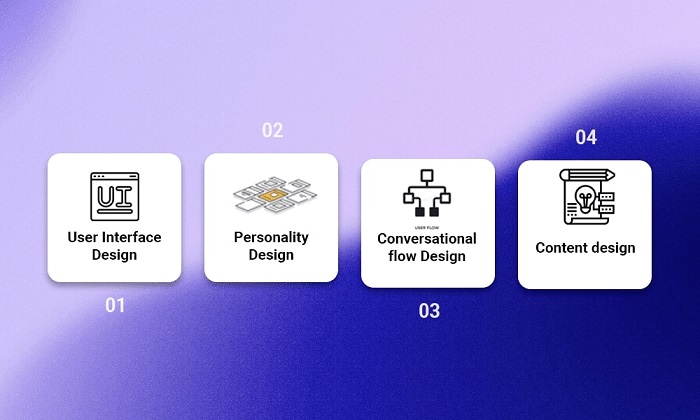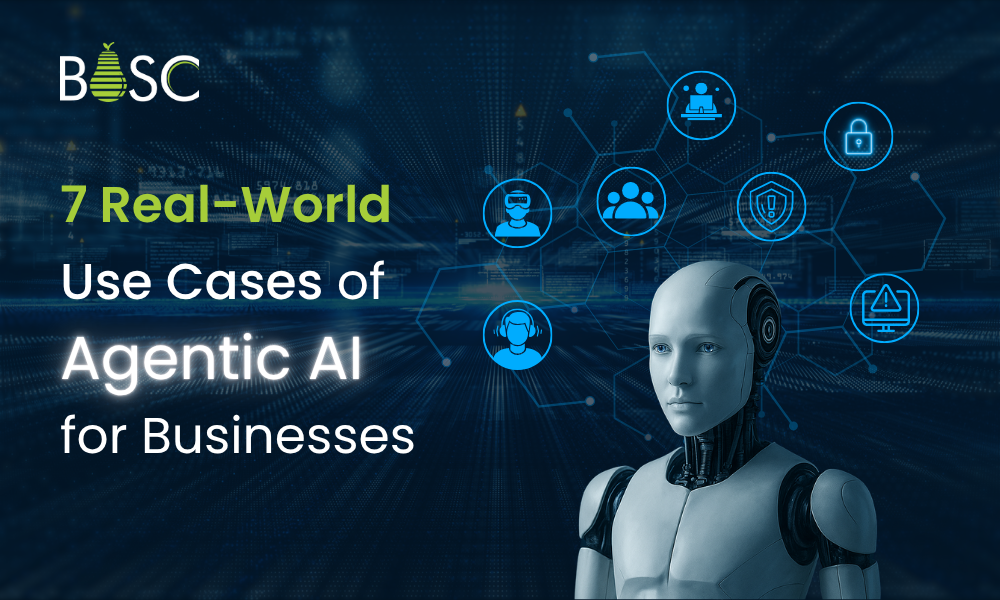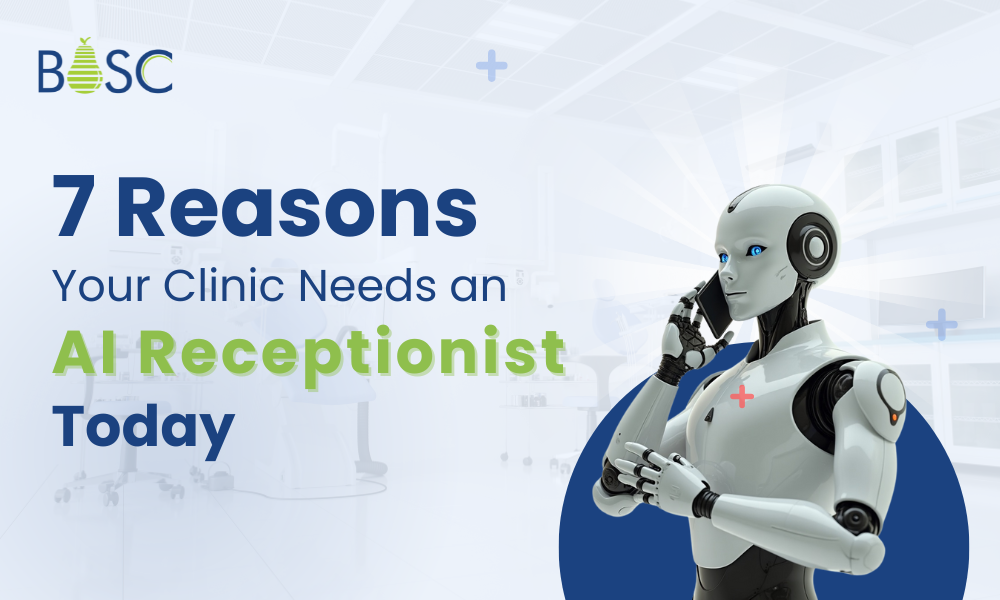A quick response saves time, eliminates waiting time, and most importantly, engages the clients on your website. This is not possible with the support of people as it needs lots of investment and manual efforts, which increases the budget. How can this issue be solved? No wonder you must build Chatbot, a one-time investment that can entertain ample consumers on time, respond to queries, and make long-term relationships with your clients. In this blog, you will know that React for Chatbots would be a great solution for your business.
Introduction
In the tech-driven world, businesses have begun implementing Chatbots into their websites or apps. Many well-known countries like the United States, Germany, Australia, and the United Kingdom have begun to develop their apps or websites with this valuable functionality.
However, just integrating the Chatbot into the website is insufficient; other important considerations include which frontend technology should be utilized, how the Chatbot should be developed, and how the user experience should be improved.
Use React to create compelling Chatbot user interfaces that encourage user interaction. Get an understanding of user psychology with the help of Bosc Tech Labs experts, and get a Chatbot with an intuitive design.
Let’s explore React’s other possible applications for Chatbots.
Why is React a better choice for developing Chatbots?
As React is an open-source JS library for web UI development. Also, it would be a great choice for your Chatbot integration. Considering React for Chatbot integration into your site or app is crucial.
1. Natural Language Processing (NLP)
By integrating NLP libraries like Wit.ai or Dialogflow, React has the capability to create Chatbots that comprehend user queries and produce responses that closely resemble human-like conversation. Through the use of NLP, Chatbots are equipped with the ability to identify user intent and relevant entities within their queries. With this information in mind, Chatbots are able to deliver responses that emulate natural human communication.
The other advantage of NLP is that it brings sentiment analysis, via which Chatbots will understand positive, negative, and natural sentiments. Based on this, it will give accurate responses. Hence, Chatbot develops a contextual understanding via which previous interactions and communications are done with bots.
2. State Management
By leveraging advanced state management solutions such as Redux Toolkit or the React Context API, developers can efficiently manage the conversational flow in Chatbots. Redux Toolkit simplifies complex state management tasks, while React Context API provides a lightweight solution for less complex scenarios. State management stores user inputs, allowing the Chatbot to maintain context and provide coherent responses in subsequent interactions.
3. Contextual Information
Users may require the answers dependent on location, device type, and browsing history. Delivering contextual data will enhance the user experience by giving them recommendations or advice, depending on its recent locations. For example, a Chatbot will track locations and suggest nearby restaurants, shopping malls, or cinema halls.
4. API Integrations
React development team will aid you in integrating external sources via API, that is, either weather or news API. These APIs ensure accurate responses to a user’s queries if you wish to integrate the Chatbot with third-party services like social media platforms. Therefore, it helps to give personalized responses from a user.
5. Multi-lingual Support
With the help of multi-lingual support, users can talk in their native language and resolve queries on time. Another advantage of having multi-lingual support is that you can cater to international clients.
Moreover, you can also leverage localization, enabling region and location-based images and texts. Enabling multi-language support will create brand awareness.
6. User Interface Design
React’s component architecture helps to make consistent UI for your Chatbot. Also, reusable components become helpful when customized according to customers’ needs.
To enhance customer experience, you can also integrate real-time updates for an engaging experience. Also, React designs responsive Chatbots that fit all screen sizes. Finally, React helps to build Chatbot that is dynamic and intuitive.
7. Accessibility
ARIA attributes and keyboard navigation of React will enable easy navigation for disabled users. ARIA helps people to understand “how to use a Chatbot.” However, keyboard navigation is another great feature that helps users who cannot touch or operate the keyboard or mouse.
Also, the JS library provides an alternative text for images and other non-textual elements. For those users who are visually impaired, it will enable the color contrast in React so that the visually impaired users can access it.
8. Testing and Debugging
Chatbots must function efficiently, for which rigorous testing is done. React community leverages a testing framework to perform testing and debugging to keep codes operational and performing.
Know 4 Chatbot Design Principles
The design represents your brand; hence the design concepts are crucial. The possibility of customer involvement increases with design simplicity. But what specifically has to be considered? Let’s examine this in greater detail.
1. User Interface Design
When developing Chatbots, user interface design is paramount because it increases the possibility of client interaction. A UI design has a Chatbot layout, color schema, and typography. A UI design can be developed so that a disabled user can access your website or app without any hassle.
2. Personality Design
Chatbots represent your brand. And for that reason, it needs to be built in that way. Your brand’s personality and voice must be reflected in the Chatbot. The customers won’t be able to converse productively till then.
3. Conversational Flow Design
Conversational flow means an interaction between the Chatbot and the consumer. By considering the objective of the business, a Chatbot is trained in such a manner that drives users to take some revenue-generating actions. Also, conversational flow design should be such that it remains engaging while serving the business purpose.
Moreover, the design should be such that it anticipates user queries and answers them proactively. Hence, answering what users expect or offering a solution to a user’s challenges is the key to converting clients.
4. Content Design
The major objective of Chatbot integration into a website or app is that it gives precise answers to client queries. If answers are appropriate, then the chances of customer engagement will increase, and it will get more clients.
4 Chatbot Development Principles
These development principles determine the functionality of the Chatbots. If the rules mentioned above are not followed, developing Chatbots may not be successful. So let’s take them one at once.
1. Natural language Processing (NLP)
Customers want precise and real-time answers to their queries. Any delay or miscommunication will affect user experience and the brand image also. So, NLP integration Chatbots stay the top priority. NLP guides the Chatbot algorithms to understand consumers’ inputs and will respond accordingly.
2. Machine Learning (ML)
Another development principle trains Chatbots to evaluate past consumer interactions and will do current and future queries accordingly. Hence, evaluating older conversions will benefit in giving prompt responses and enhancing your brand’s consumer experience.
3. User Experience Design
While developing a Chatbot, user experience design is the utmost priority as it seems time-consuming and uninteractive. In this stage of development, it is discussed how buttons are placed, the conversational flow, and the colour combination, as all these minor changes will boost your business.
4. Contextual Understanding
Contextual understanding is a willingness to properly understand the context of the user’s communication and appropriately reply. Chatbots must be instructed to comprehend the audience’s worries, questions, and inquiries because they are computers. The embedded Chatbot on your website or app can only respond to them afterwards.

React best practices for developing chatbots
You must follow Chatbot development best practices whenever you are developing a Chatbot for your website.
1. Choose the Right Chatbot Framework
While opting for a Chatbot framework, there are these several options for you, like Rasa, Botpress, and Dialogflow. Select the best that suits your project needs and your business.
2. Use Natural Language Processing
Chatbots are an incomplete investment without Natural Language Processing (NLP) integration because they may not be as effective at responding to client inquiries. NLP can also be successful and customer hooking if it is properly integrated with Chatbots. To create a Chatbot or plan to add a Chatbot to a website or application, NLP must be applied.
3. Execute Contextual Understanding
Like NLP, contextual understanding is equally significant to implement into Chatbots as the bot can respond like humans with its personalized responses. Hence, contextual understanding, a bot will know an earlier interaction with the client and answer accordingly to make a client feel like a real-time response with humans.
4. Mobile Device Optimization
Since mobile intelligence is rising, the n optimizing Chatbots for mobile gadgets is the best. However, users prefer to utilize mobile devices for making conversations with Chatbots and having a mobile-device-optimized version for Chatbots which means that it will help you to stay ahead of the competition.
5. Feedback
A Chatbot needs to be well-trained to give users the right feedback. In addition to increasing engagement, doing so will boost trust. The users will also learn what to expect, and no false promises will be made.
6. Test and Refine
The Chatbot requires regular inspection, updating, and maintenance as a machine. By doing this, you’ll keep the Chatbot prepared with appropriate responses to questions.
Conclusion
Chatbots have evolved significantly, with modern advancements in NLP, state management, and UI design making them more efficient and user-friendly. Leveraging the latest React features and best practices ensures your Chatbot remains at the forefront of customer service technology.
React Chatbots will effectively solve the all-time challenge of managing the various versions and falling short of entertaining all at once. Hire React experts from us and take benefit of the unexplored areas of frontend technology.
Frequently Asked Questions (FAQs)
1. What information regarding Chatbots is necessary?
Chatbot is a program that makes use of artificial intelligence (AI), machine learning (ML), and natural language processing (NLP) to generate automated responses to client questions. But it does not mean that the customers are talking with robots.
2. How can React Chatbots be successful?
A great Chatbot has specific natural language processing (NLP) ability to understand the context of a discussion in various dialects in dialogue.
3. How to build a chat app in ReactJS?
To create a chat app in ReactJS, you can use a combination of ReactJS and Firebase, which offers real-time database and hosting features. The process involves:
- Setting up a Firebase project.
- Implementing authentication.
- Utilizing the Firebase Real-time Database to store and retrieve messages.
Book your appointment now






